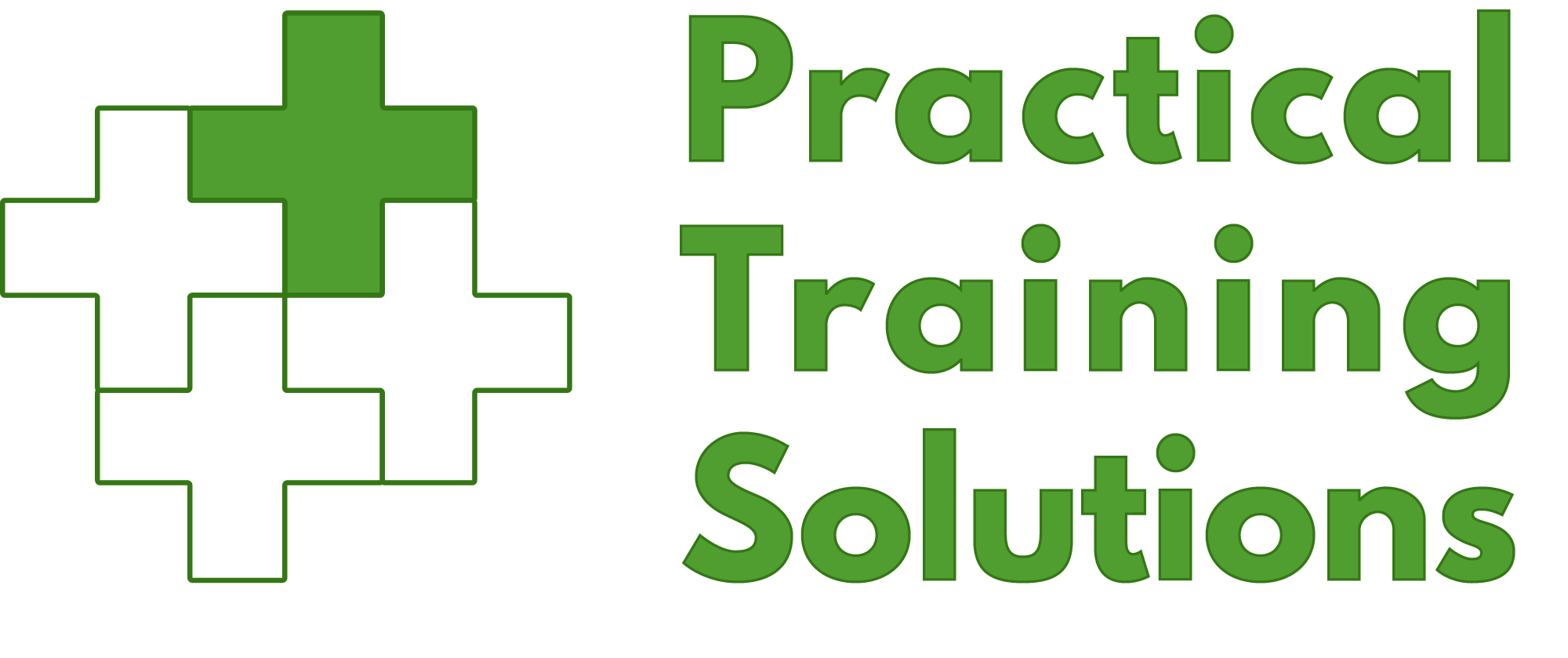Two halves of the brain
The two halves of the brain are called cerebral hemispheres.
The left side controls the right side of the body and the right side controls the left side of the body. The two sides work together, but they generally process information in different ways and have various functions. For example, generally the left side looks after speech, reading and writing while the right side looks after visual memory, drawing and musical appreciation.

Each cerebral hemisphere has four parts called lobes.
Each lobe controls different functions but they all work together. Below is how the different parts of the brain help your body to function:
- Parietal lobe – Know how your body feels and what position it is in (e.g. standing or lying down), tell left from right, recognise things by sight or touch, read
- Temporal lobe – Forms new memories, order things in your mind, categorise objects, understand sounds such as speech and music
- Brain stem – Controls vital life functions; breathing, heart rate, consciousness, ability to sleep
- Frontal lobe – Think, plan and organise, work out how to do things, control emotions and impulses, get along with other people
- Occipital lobe – Receive visual information, interpret colour, shape and distance

